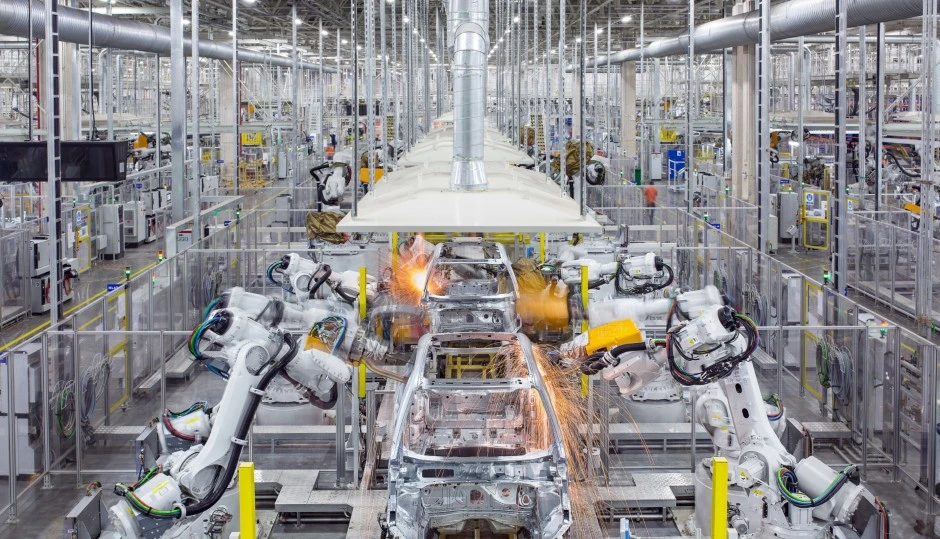In March 2024, Brazil’s automotive industry witnessed a 3.2% month-over-month increase in vehicle production, reaching 195,751 units, a high point for the year.
This reflects the industry’s capacity to adapt and strive in a competitive international market.
The sector experienced an 11.8% drop in production from the previous year.
This decline highlights the impact of volatility and external pressures on both global and domestic automotive markets.
Anfavea has shed light on these contrasting developments. They underscore the myriad of factors that intricately shape the industry’s path.
Exports provided a glimmer of hope, growing by 6.5% from February to March with 32,706 units shipped internationally.

Yet, this figure also represents a 28% drop on a year-over-year basis, suggesting shifting dynamics in global demand or potential barriers to trade affecting Brazil’s automotive exports.
Anfavea‘s detailed report offers further insight into the sector’s multifaceted performance:
- The domestic market saw a significant boost, with vehicle sales increasing by 27.1% year-over-year to 165,225 units.
- Despite monthly gains in truck production, there was an 8.9% annual decline, reflecting specific challenges in this segment.
- Light vehicle and bus production experienced mixed fortunes, with modest month-on-month growth and notable year-over-year variances, indicating diverse factors at play across vehicle categories.
- Imported vehicle registrations rose by 9% month-on-month and 11.1% annually, suggesting a recovering demand for foreign automotive products within Brazil.
This nuanced perspective acknowledges Brazil’s automotive industry’s achievements while also recognizing the challenges it faces.
External economic pressures, domestic policy decisions, and market trends play significant roles in shaping the sector’s performance.
By addressing these elements, the narrative becomes more balanced, offering a clearer picture of the obstacles and opportunities facing Brazil’s automotive sector in a changing world.

